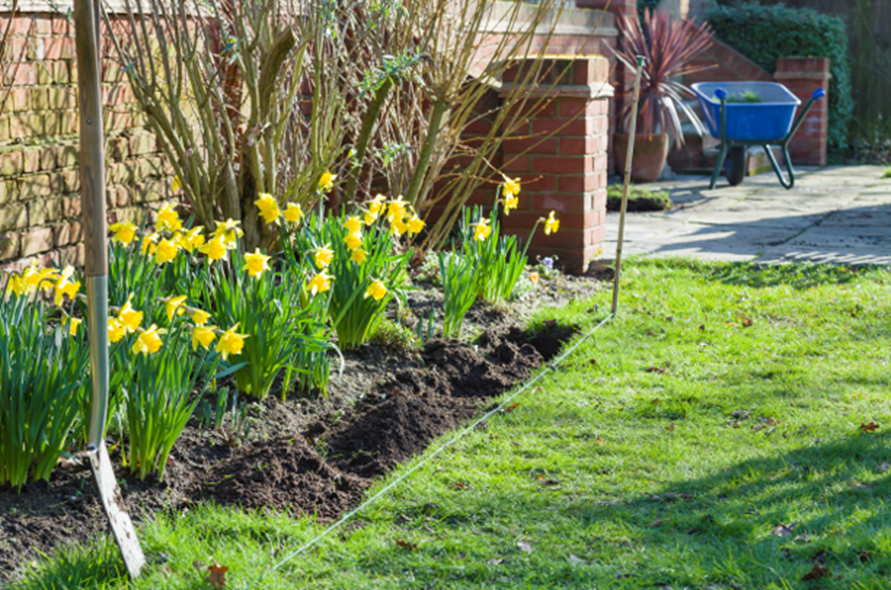A landscape edging is a great way to make your garden neater and more attractive with less maintenance. It creates a keen border between garden beds, walkways, and other landscape features that you want to separate from the lawn. As a garden edging is meant to neaten the garden without stealing the show from flowers, you should go for something subtle like metal edging.
Metal edging comes in a variety of sizes, styles, and prices. It provides a subtle barrier against weed roots and invading grass. Aluminium garden edging is one of the most durable and subtle options. It is relatively easy to install and its subtlety makes all natural elements look even prettier.Here’s how you can choose the right Aluminium for your garden edging:
Assess the garden design.
The landscape edging must complement your garden design. There are many different types of Aluminium edging, such as formal, rustic, and geometric. While a low-lying, rustic edging evokes a peasant look, a geometric edging adds elegance to the garden. You must also consider different styles in which Aluminium edging can be installed.
Plan before installing Aluminium edging.
Aluminium edging is extremely flexible due to which it works well for both straight and curved parts of the garden. Whether or not the Aluminium will sit well in curves and contours depends on its thickness. If your garden’s edges have plenty of curved areas, you should go for thin metal that can be easily bent. Thin Aluminium also works well to mark straight sections and right angles.
Go for high-quality Aluminium.
Several types of Aluminium grades are used for garden edging. If your garden does not have many curves, almost any grade of Aluminium will do the job. However, curves and contours have precise structural and physical demands that can only be met with commercially pure Aluminium with high mechanical strength and excellent machining capabilities.
Alloy 1100 has outstanding workability which makes it perfect for applications with difficult forming, such as garden edging with a lot of curves. It is non heat-treatable and has amazing resistance to corrosion.
If your garden has monolithic corners, you need an Aluminium alloy that can satisfy complicated angles. Alloy 2011 is the best choice for the production of a detailed edging with complex architectural demands. Alloy 2024 and allow 2014 are the best options if you want your edging to be fairly sharp. They come with a good strength-to-weight ratio and are greatly bendable.
Don’t disregard the aesthetics.
The primary function of lawn edging is to enhance the beauty of the garden. While it’s important to choose a utilitarian metal edging, you must not neglect the aesthetics. Whatever type of Aluminium edging you choose, it should complement the garden and make it look neater and prettier.
You have to consider both the functionality and appearance of the edging. The edging must subtly define the lines between lawns and bed areas while beautifully highlighting focal points. You can make an edging out of two alloys if a single Aluminium alloy cannot meet both the structural and aesthetic demands of your garden. Many Aluminium Melbourne suppliers offer this service.


